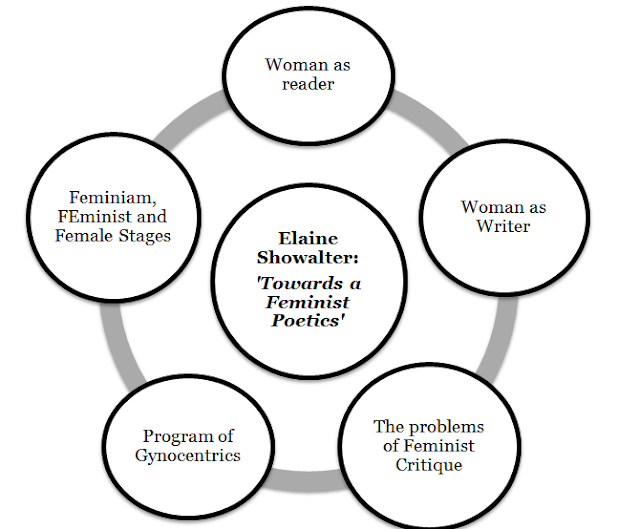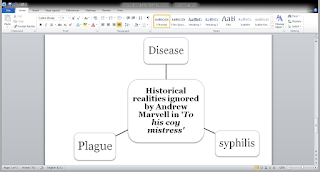Hello friends,
Ten years into a century thus far characterized chiefly by the catastrophic failure of global economic and political systems, deepening ecological anxieties, and slow-motion social crisis, the only sector of our collective cultural myth of Progress still vibrantly intact is the technological - a project which, in vivid contrast to the systemic failure that seemingly prevails at nearly every other level, continues to charge forward at breakneck speed. Since the late twentieth century, prompted by the all-but-exponential growth of machine intelligence and global information networks, and by the still largely obscure but increasingly profound-seeming implications of emerging nanotechnology, futurists and fabulists alike have postulated an imminent historical threshold whereupon the nature of human existence will be radically and irrevocably transformed in a sudden explosion of technological development. This moment of transcendence, it is supposed, is at most only a few years off; indeed, some say, it may have already begun.
What is 'Slow Movement'?
The slow movement advocates a cultural shift toward slowing down life's pace. It began with Carlo Petrini's protest against the opening of a McDonald's restaurant in Piazza di Spagna, Rome in 1986 that sparked the creation of the slow food movement.
Why is this happening?
What is wrong?
What are we searching for?
The one thing that is common to all these trends is connection. We are searching for connection. We want connection to people - ourselves, our family, ourcommunity, our friends, - to food, to place, and to life. We want connection to all that it means to live – we want to live a connected life.
The slow movement advocates a cultural shift toward slowing down life's pace. ... The Slow philosophy is not about doing everything at a snail's pace. It's about seeking to do everything at the right speed.
Like the hours and minutes rather than just counting them.
This desire for connectedness is not new. Traditionally, in times past, our lives were connected. Most traditional cultures still have these connections.
Cultures with connectionThese people are connected to their culture, to people, to place and to their lives.
It is not so long ago that the extended family was a real live entity with the extended family often living under the same roof. Children grew up knowing their cousins, aunts and uncles, grandparents, and other relatives. These children felt connected.
It is gives examples of ways to live slow and be part of the slow movement. It points out the areas of our life that have become disconnected. We are often unaware of just what it is that isn’t ‘right’, we just know that something is ‘not right’.
Time to rethink prioritiesThis website tells you where the disconnections lies and, more importantly, it shows you how you can reconnect. It provides you with tangible, easy-to-do steps to becoming a practicing slow mover, and member of the Slow Movement. You will find the sanity you so desperately crave.
Now, let’s illustrate through the example of 'Reading Books'.
What better way to be part of the slow movement than to have a good read. The Slow Books movement is about getting back into the love of reading good books. Few people these days spend time each day reading for sheer enjoyment.
Thinking about living is not the same as living.
Here is the secret to subtraction. It doesn’t matter what you remove. What matters is that you stop adding it back.
Melissa Camara Wilkins asks:
“Why do so many of us feel so trapped? Why are we settling for lives measured in units of busyness and defined by who has the most stuff?”
When we have time for leisure we tend to fill that time with physical activity or with passive TV viewing. We often have difficulty justifying sitting down and reading a good book, even to ourselves. The pace of our lives and the expectations we place on ourselves result in a life filled with ‘have to’ activities, and very few quiet enjoyment-only activities.
There are many benefits of reading regularly; reduction in stress levels, increased creativity, inspiration and motivation, entertainment and a good laugh, and broader perspectives and more open mind.
Thank you.
Thank you.





